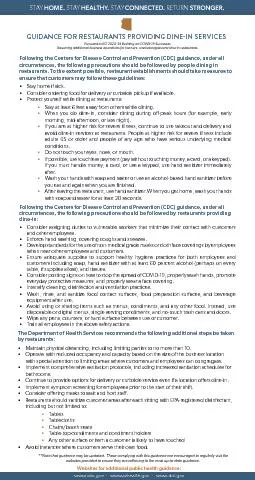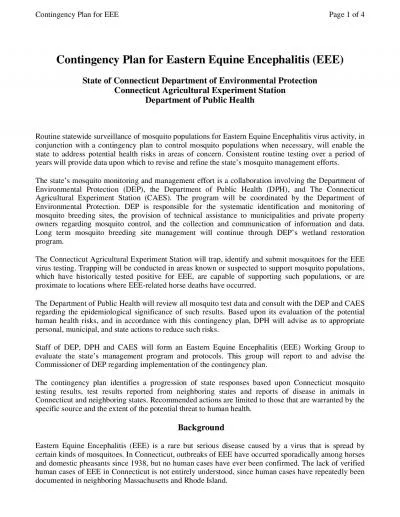PPT-How to Stay Warm and how to go to the bathroom outdoors
Author : lois-ondreau | Published Date : 2017-07-13
PAD3O How to Stay Warm and Happy Dress appropriately for the current weather conditions and be prepared for weather changes to extremes in either direction warmer
Presentation Embed Code
Download Presentation
Download Presentation The PPT/PDF document "How to Stay Warm and how to go to the ba..." is the property of its rightful owner. Permission is granted to download and print the materials on this website for personal, non-commercial use only, and to display it on your personal computer provided you do not modify the materials and that you retain all copyright notices contained in the materials. By downloading content from our website, you accept the terms of this agreement.
How to Stay Warm and how to go to the bathroom outdoors: Transcript
Download Rules Of Document
"How to Stay Warm and how to go to the bathroom outdoors"The content belongs to its owner. You may download and print it for personal use, without modification, and keep all copyright notices. By downloading, you agree to these terms.
Related Documents














